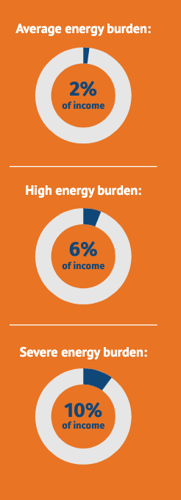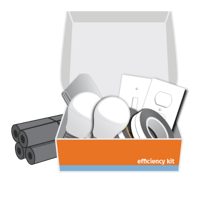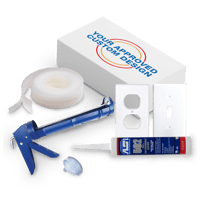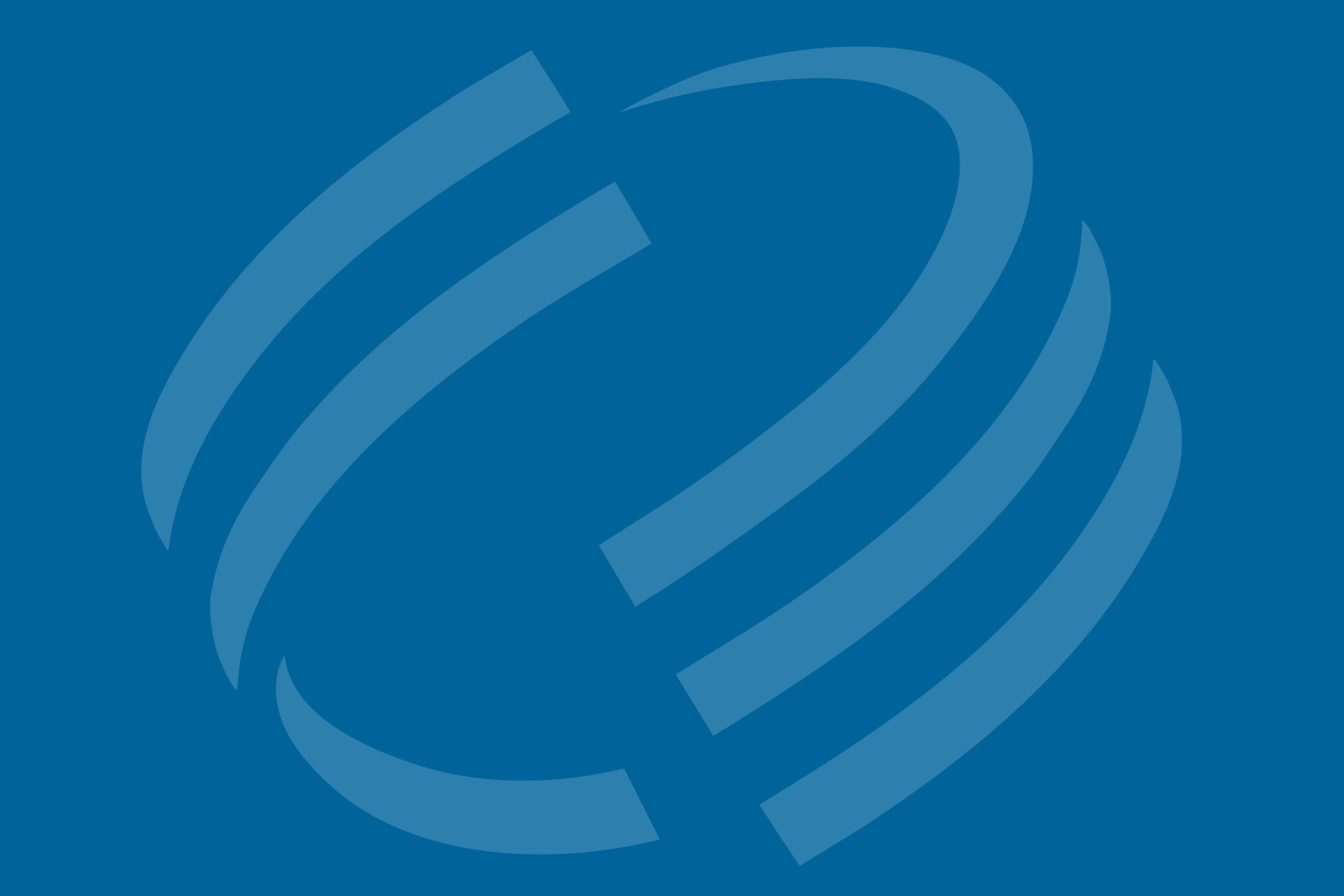For many utilities, federally funded programs like the Low-Income Home Energy Assistance Program (LIHEAP) and the Weatherization Assistance Program (WAP) are the only programs offered to income-qualified households. But as COVID-19 increases demand for relief by raising unemployment levels, it’s becoming clearer that these two programs alone cannot bear the overwhelming burden our country is facing as more and more households struggle to afford energy.
Unfortunately, there’s no straightforward approach to tackle this problem. High-level coordination is needed between the many groups seeking to help income-qualified households afford energy costs. And while that’s important and necessary work, it’s also going to take time and potentially require updated legislation. In the meantime, however, utilities are poised to offer a variety of options for quick, unilateral and unique solutions to their customers.
 As a direct approach, utilities should focus on helping customers affordably improve energy efficiency in their homes, since energy inefficiency—lack of insulation, older appliances, and poor weatherproofing—are common reasons for the disproportionately high costs of energy for income-qualified households.
As a direct approach, utilities should focus on helping customers affordably improve energy efficiency in their homes, since energy inefficiency—lack of insulation, older appliances, and poor weatherproofing—are common reasons for the disproportionately high costs of energy for income-qualified households.
Tackling these problems during a pandemic and economic crisis requires a unique and creative approach. After all, many of the customers who need help lowering their energy bills are newly unemployed or underemployed, and their financial hardship may be temporary. This is the reason many are unable to qualify for other forms of assistance, although they’re still struggling significantly. So, low barriers to entry are a must.
And let’s not forget that while in-person engagement may continue to be difficult for the short-term, real savings are still possible with little face-to-face interaction. Any programs employed by utilities will need to be accessible remotely, or from a distance. But since internet connectivity may be a problem for the income-qualified sector, creating solutions that don’t require a computer and strong internet—maybe just a cell phone with a data plan—will be a key to success. Take a look at the top 4 ways to effectively connect with your income-qualified customers.
1. Customer Engagement Kits
Getting energy-efficient products into the hands of customers is easy with customer engagement kits like those offered by AM Conservation Group’s KitPick™. A digital-first approach allows utilities to easily enroll customers with a few quick clicks, because participation is as simple as taking a short and easy quiz about home and energy preferences. That data is then used to choose the best fit from either semi- or fully customized boxes of energy- and water-saving products.

The final outcome is delivered in a utility-branded box, along with educational materials on how to install and use each product. For utilities looking to keep up with consumer trends, they can even offer subscription boxes for ongoing engagement!
Partnering with community action agencies (CAAs) like welfare offices, food banks, Goodwill, or other local organizations that help households can be a great way to get kits into the hands of the people who need them most.
See the Success Story: Driving Savings by Partnering with CAAs
Customer engagement kits are useful in helping customers save energy (and money), but they serve a greater purpose as well. Kits are one of the easiest and most effective ways to gain trust with customers who might otherwise be skeptical of engaging with their utility. By providing free products that make an immediate impact, you’re proving your value and partnership with your customers, which makes it easier to engage them in more involved energy efficiency measures in the future.
2. Weatherization
 One of the reasons income-qualified customers often face higher energy costs is that they tend to live in older housing with poor insulation and inadequate air sealing. Some of these customers can find relief through the WAP. But even the temporarily unemployed or underemployed who don’t qualify for federally funded programs can benefit from a home energy audit and appropriate weatherization measures. This can include insulation, weatherstripping, caulking, window wraps and more, depending on what the individual home requires. When utilities offer weatherization services outside the WAP program, they’re able to reach more people and lower the barrier for entry, often cost-effectively.
One of the reasons income-qualified customers often face higher energy costs is that they tend to live in older housing with poor insulation and inadequate air sealing. Some of these customers can find relief through the WAP. But even the temporarily unemployed or underemployed who don’t qualify for federally funded programs can benefit from a home energy audit and appropriate weatherization measures. This can include insulation, weatherstripping, caulking, window wraps and more, depending on what the individual home requires. When utilities offer weatherization services outside the WAP program, they’re able to reach more people and lower the barrier for entry, often cost-effectively.
3. Solar
We don’t typically think about solar energy when talking about income-qualified customers, since these projects tend to require up-front investment and/or home ownership. But with innovative programs, solar power can become available for everyone. Some utilities, for example, are carving out portions of their community solar programs for income-qualified households. By waiving program fees for these customers, the utilities are helping traditionally disenfranchised households access clean, renewable, affordable energy.
4. Whole-Portfolio Approach
A whole-portfolio approach is the most comprehensive way to help customers save energy. This may include direct installation, free products, behavior-changing education and energy audits, and it has the potential to provide extensive savings for income-qualified households. Research suggests that this type of approach benefits not just the people living in the home, but society as a whole by “creating healthier and more resilient communities, saving energy, and lowering bills for customers who need it most.” By employing a whole-portfolio approach, utilities are able to bridge the funding gap that leaves many households without access to necessary energy upgrades.
To take things a step further, your utility could even bring together traditionally siloed funding sources to not only address energy efficiency, but also remove related health hazards in the home like mold, pests, moisture, and more. When utilities come together with the right implementation partner to deliver energy efficiency and improve the lives, safety and health of those who need it most, everyone wins. To learn more about how we’d love to work alongside your utility to create meaningful change, reach out today.






